PAYMENT METHODS:



Copyright: Asian Dragon International Enterprise. 2011-2025 All rights reserved.
DISCLAIMER:
Brand logos and other marks indicated on our website are trademarks or registered trademarks of the brand owner, or its subsidiaries and authorized distributors (collectively ), in the United States, Canada and/or other jurisdictions. Graphics, logos, page headers, button icons, scripts and service names are the trademarks or trade dress of the brand owners and their licensed distributors. Trademarks and trade dress are not used in connection with any product or service or in any manner that is likely to cause confusion among customers that we are authorized distributors of any brand or in any manner that disparages or discredits the brand . All trademarks, logo's or slogans not owned by Asian Dragon International that appear on this website are the property of their respective owners, who may or may not be affiliated with, connected to, or sponsored by Asian Dragon International.
Home
Subscribe
Daily Deals
Featured Deals
Hot Deals
Special Deals
Import/Export
Terms & Conditions
Samples
Purchase Policy
Categories
Scammer Alert
About
Contact

 Aircraft
Aircraft Business Opportunities / Investments
Business Opportunities / Investments Chemicals
Chemicals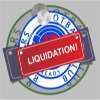 Clearance/Liquidations
Clearance/Liquidations Commodities ( Rice, Sugar , Soy Grains, Minerals and Ore)
Commodities ( Rice, Sugar , Soy Grains, Minerals and Ore) 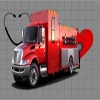 Fire/Rescue/Medical
Fire/Rescue/Medical Food/Beverages
Food/Beverages 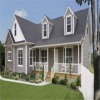 Housing
Housing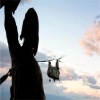 Military Equipment/Unrestricted
Military Equipment/Unrestricted Military/Police
Military/Police Pet Supply
Pet Supply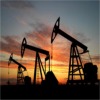 Petroleum Product
Petroleum Product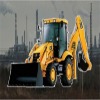 Plant and Equipment
Plant and Equipment Recyclable-HMS-PVC
Recyclable-HMS-PVC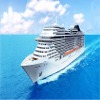 Ships/Vessels/Boats
Ships/Vessels/Boats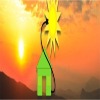 Solar/Wind-Power
Solar/Wind-Power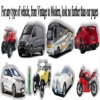 Vehicles
Vehicles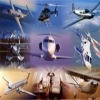 Wanted
Wanted Zoo supply (unrestricted )
Zoo supply (unrestricted )


